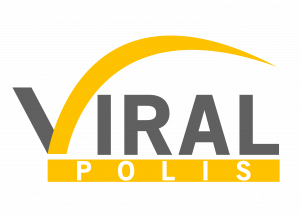As Vermont communities grapple with rising costs and changing funding rules, the recent Town Meeting season proved to be a challenging time for public officials overseeing school budgets. Anxieties over expiring pandemic-era federal aid and confusion over the state’s new funding rules forced some communities to delay votes on education spending to give local officials more time to finalize proposed budgets. In some cases, school budgets were rejected by voters concerned about the tax impacts, leading to multiple attempts to adopt a budget, as seen in Hartland where voters needed three attempts to approve a budget for the coming school year.
One of the key factors contributing to the varying tax rates across Vermont communities is the rapidly rising property values. In towns like Woodstock, where real estate values have increased significantly in the last five years, outdated property values have led to higher tax rates. The Common Level of Appraisal (CLA) in Woodstock is just 64%, well below the goal of 100%, resulting in a higher tax rate to bring the town’s under-valued assessment in line with market values. Woodstock is scheduled to conduct a new revaluation next year to address this issue.
Changes to the state’s funding formula have also played a significant role in determining tax rates in Vermont communities. Act 127, a law that went into effect this year, directs more money to school districts serving a higher number of students who are living in poverty, learning English as a second language, or residing in a rural area. This has led to varying impacts on tax rates across different towns, with some seeing decreases due to increased state funding and others experiencing increases to offset reductions in state funding.
In the Upper Valley region, towns like Norwich and Hartford have seen increases in their education tax rates due to factors such as property appraisals below market rates and changes in state funding formulas. Norwich’s new tax rate of $2.32 per $100 of assessed property value represents a significant increase from the previous fiscal year, while Hartford’s new rate of $2.05 reflects a 27 cent rate increase. Both towns are planning revaluations to address the discrepancies in property values.
Overall, the impact of rising costs, changing funding rules, and outdated property values has led to varying tax rate impacts on Vermont communities. As towns navigate these challenges, it is essential for residents to stay informed about the factors influencing their tax rates and to participate in the budget approval process to ensure transparency and accountability in education spending.


